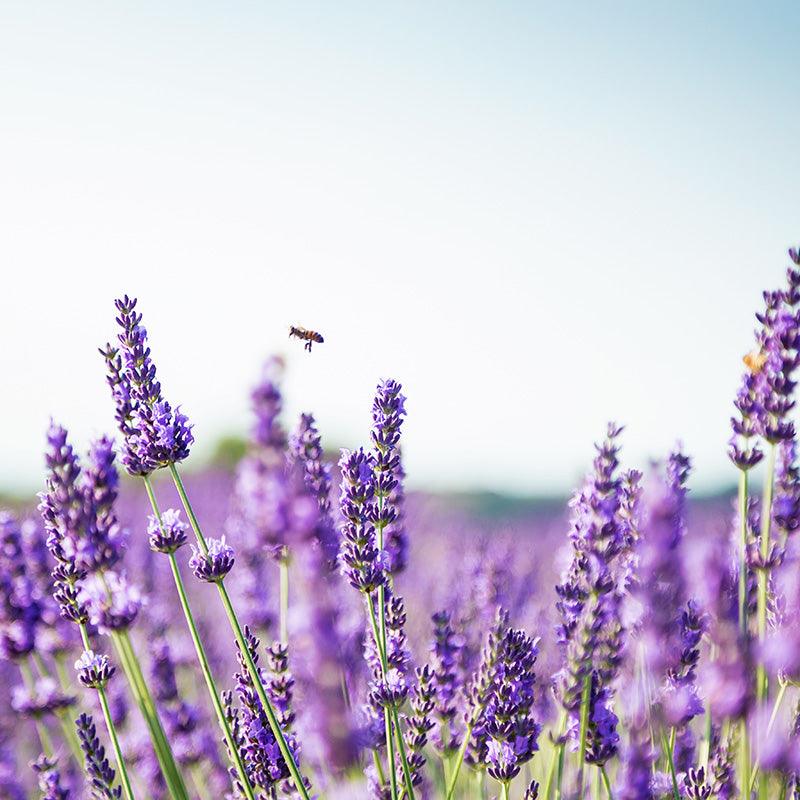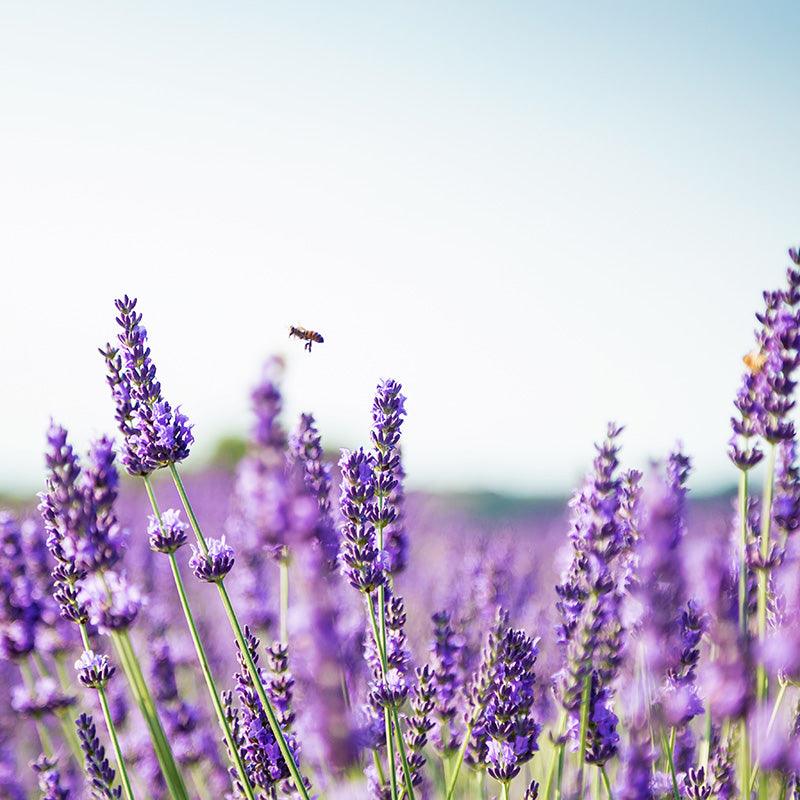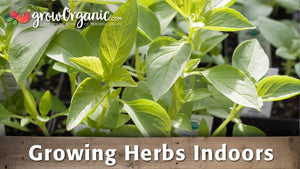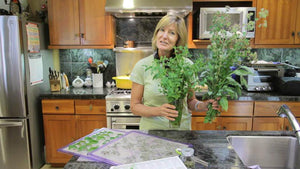Item Number: PV161
Organic Provence Lavender
Elegant Lavender: Purple Spikes, Silver Leaves
Thriving in poor soils and relishing heat, 'Provence' Lavender withstands high summer humidity. Boasting long mauve-purple flower spikes and silver-green foliage, it creates a beautiful scene as it sways in the breeze. Reaching 30-36” in height, it's a tall and intensely fragrant variety, perfect for an aromatic hedge.
Sustainably grown in 2.75" pots
Choosing the Right Location
Provence Lavender thrives in full sun, so select a location that receives at least 6-8 hours of direct sunlight per day. Ensure the soil is well-draining to prevent waterlogging, as lavender is susceptible to root rot in overly wet conditions. While Provence Lavender can tolerate various soil types, it prefers sandy or loamy soil with a slightly alkaline pH (around 6.0-7.0).
Planting Provence Lavender
Spring or early fall is the best time to plant Provence Lavender. Dig a hole slightly larger than the plant's root ball and loosen the soil in the planting area. Place the lavender plant in the hole, making sure the top of the root ball is level with the surrounding soil. Backfill the hole and gently firm the soil around the plant, then water thoroughly to settle the soil.
Watering and Maintenance
Once established, Provence Lavender is drought-tolerant and requires minimal watering. Water deeply but infrequently, allowing the soil to dry out between waterings. Avoid overhead watering, as lavender is susceptible to fungal diseases. Instead, water at the base of the plant to keep the foliage dry. Mulch around the base of the plant to conserve moisture and suppress weed growth.
Pruning and Deadheading
Prune Provence Lavender in early spring to remove any dead or woody growth and encourage new growth. Deadhead spent flowers throughout the blooming season to promote continuous blooming and prevent self-seeding. After flowering, lightly trim the plant to maintain its shape and encourage bushier growth.
Fertilizing
Provence Lavender is a low-maintenance plant that doesn't require heavy fertilization. Excessive fertilization can lead to leggy growth and fewer flowers. Apply a balanced, slow-release fertilizer sparingly in early spring if the soil is poor or lacking in nutrients.
Pests and Diseases
Provence Lavender is relatively pest and disease-resistant, but it may occasionally attract aphids, spider mites, or whiteflies. Monitor the plants regularly for signs of pests and treat infestations promptly with insecticidal soap or neem oil. Proper spacing, good air circulation, and avoiding overhead watering can help prevent fungal diseases such as powdery mildew.
Harvesting and Uses
Harvest Provence Lavender flowers when they are in full bloom but haven't yet started to fade. Cut the flower stems just above the foliage. Hang the harvested lavender bundles upside down in a cool, dry, well-ventilated area to dry. Once dry, remove the flowers from the stems and store them in airtight containers. Provence Lavender has a wide range of culinary, medicinal, and ornamental uses. Use the dried flowers in teas, sachets, potpourri, or culinary dishes like lavender-infused honey or baked goods.
Overwintering
In regions with cold winters, provide winter protection for Provence Lavender by mulching around the base of the plant with a layer of straw or pine needles. Alternatively, grow Provence Lavender in containers that can be moved indoors during the winter months.
Growing Provence Lavender is a delightful endeavor that rewards gardeners with beautiful blooms, aromatic foliage, and numerous practical applications. By providing the right growing conditions and minimal maintenance, you can enjoy the beauty and benefits of this versatile herb in your garden for years to come.


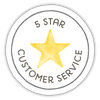

Check Your Zone Compatibility:
Compatible with your zone.
Growing Zone for

Our Guarantee To You
Since 1976, we've served our customers at every stage of growing. Please contact us at any time. We are happy to support and assist you.
Shipping Information
Shipping Information
Cannot ship to the following states: AK, HI, PR, VI, GU
Shipping Weight: 0.5 lb
Features
Features
- Attracts Bees/Butterflies
- Container Compatible
- Does Not Require Support
- Drought Tolerant
- Edible Flower
- Fragrant
- Good Cut Flower
- Good for Drying
- Heat Tolerant
- Heirloom
- Long-Lived
- Open-Pollinated
- Somewhat Drought Tolerant
- Suited to Warmer Climates
Characteristics
Characteristics
Planting & Care
Planting & Care
Soil & Water: Grow in well-drained soil with average fertility.
Planting: Plant starts in late spring or early summer, once the soil has warmed up to at least 60°F (21°C). Space plants 2 feet apart.
Growing: Plants flower lightly during the first season and come into full bloom in their second summer. After the blooming season, prune and shape the plants while cutting off spent flower stalks. If their requirements are met, these sturdy plants will take more humidity than other lavenders.
Useful Information
Useful Information
Guarantee
Guarantee
We guarantee the perishable items we sell to be in good, viable condition when we sell them. Perishable items include, but are not limited to, garlic bulbs, flower bulbs, seed potatoes, onion sets & transplants, potted or bare root trees, vegetable crowns, etc. If your perishable item arrives in substandard condition, take photographs and please contact us within 3 days of the purchase date (or delivery date) and we will provide you with a refund of the purchase price (excluding shipping costs), or a replacement. Accordingly, we urge you to open any boxes marked as ""Perishable"" immediately upon receiving them and inspect the shipment thoroughly (do not crack open heads of garlic, we do not accept claims on cracked garlic). Because some perishable items can deteriorate very quickly, we cannot accept any claims beyond the 3-day time frame as it becomes too difficult to determine if these items were delivered in substandard condition, or if they turned into such substandard condition because of having been improperly cared for or stored once delivered.
Share
